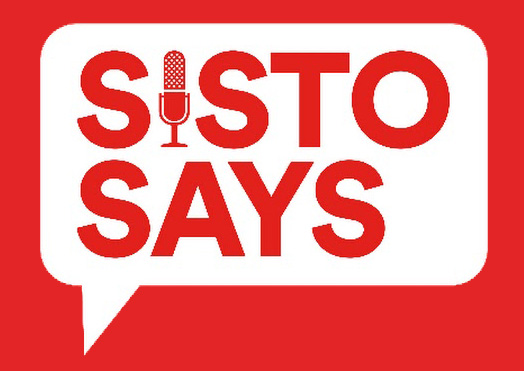Design 2147 CEO Sisto Martello recently had the opportunity to speak with Tim Fryatt, AIA, Principal at Marvel Design, about the design and development of civic and cultural projects in New York City.
Q: What are the current opportunities for cultural and civic design in New York City?
A. First, thank you, Sisto and our longtime partners at Design 2147, for this opportunity to consider the critically important overlapping sectors of the cultural arts and public civic work. At Marvel, we firmly believe that art and community have the power to inspire and transform society by connecting people, distant cultures and times, and today’s issues.
We are excited about the increased focus and investments in humane and socially responsible public spaces. In New York City, both the city and the public have wholly embraced the value that public dollars spent on practical needs, such as infrastructure improvements, must also serve the broader communal good. It is common today for us to hear sophisticated and deeply considered requests for quality-designed places that better serve human needs. It’s an inspiring call to action for architects to deliver innovative solutions.
Q. What are some recent challenges in designing cultural and civic buildings?
A. Performance criteria continue to expand dramatically, as they should. Designers are ethically, and often legally, obligated to consider sustainability, resiliency, mobility, and safety in every project. New demands require active continued education by all professionals of course, but also has led to a host of new consultants and specialists. Robust partnerships are now a must in cultural and civic design work, best served by highly collaborative, low-ego, cross-disciplinary leadership.
Q. New York City has unique siting opportunities – or challenges, depending on your perspective. For example, unlike other cities, we don’t tend to have large empty lots with ample parking availability. How do you approach cultural and civic design for our landscape?
A. As our city is largely 19th-century fabric, and density is both our strength and a necessity for a sustainable future, careful infill and adaptive reuse projects are common. The preservation of architectural legacy is also critical to an enduring cultural heritage. But complicated existing conditions and density can also present technical challenges and increased capital costs. So the context must be well considered and leveraged, such that efficiencies outweigh the demands. An important approach is to find ways for each architectural and urban design element to satisfy more than one demand.
As a related aside, since you mention parking, I applaud City Planning for their forward-looking City of Yes plan currently working through City Council approvals, for leading the fight to put people above cars. More efficient public transit and less cars is the future we need for a sustainable planet and vibrant civic space. During the COVID pandemic, when car use dropped and outdoor space became more valued for health, we saw the multitude of ways parking spots and roadways could be recaptured for retail and community uses. Its time we reclaim more space back from cars in America.
Q. What is the most important thing for owners to know about how cultural and civic developments are designed?
A. Listen first and often. Efforts invested into inclusive, sustained, and fun engagement methods pay dividends in successful project results. Outreach is not an obligation but a means to ensure designs are useful and loved.
Q. How has the design of cultural and civic buildings changed over the past five years?
A. Two standouts here. First is the championing of diversity, equity, and inclusivity (DEI) values. This social responsibility not only fosters a culture of respect and dignity by welcoming and reflective of all people in our communities, it promotes innovative solutions. Second, much like in fashion, there is a trend in spatial design towards the informal, or casual. Unsurprisingly people prefer places where they can sit on comfortable furniture, connected with nature, with social connections to other people, and opportunities to engage a variety of uses. Less formal places often more easily adapt through the cycles of the day and season, and are places people come back to again and again. They just prefer to be in them, much like your favorite sneakers.
Q. What does the future of cultural and civic design look like?
A. Design is bending back to the inspiring, honest, and helpful. This means conscious of the environment, long-lasting, and flexible. Moreover, it serves people by promoting civic consciousness, pride in community, and joy. New York City is a place of many beloved wonders, the future is to preserve them and add more.


